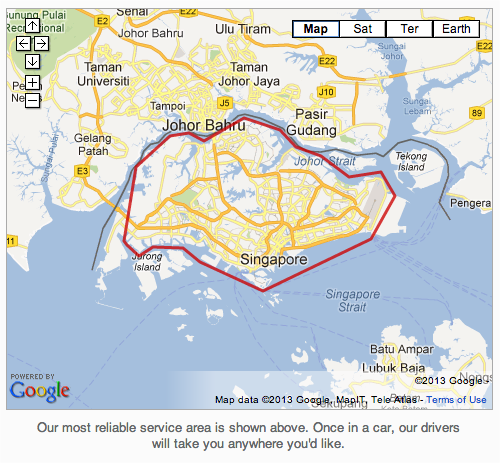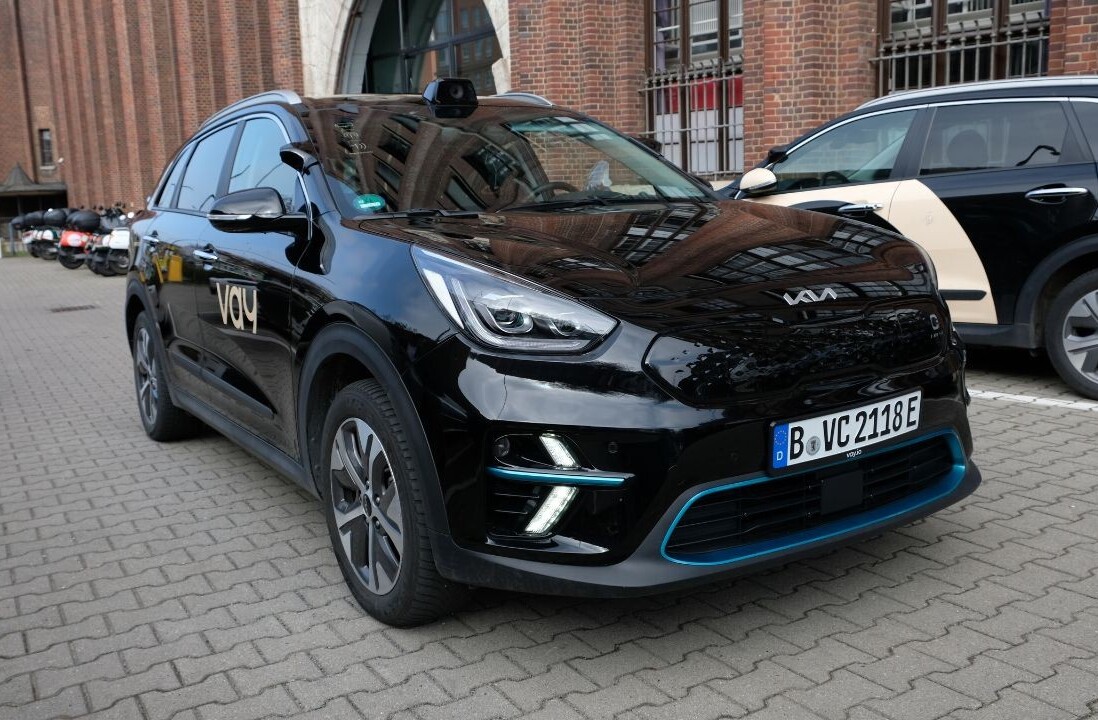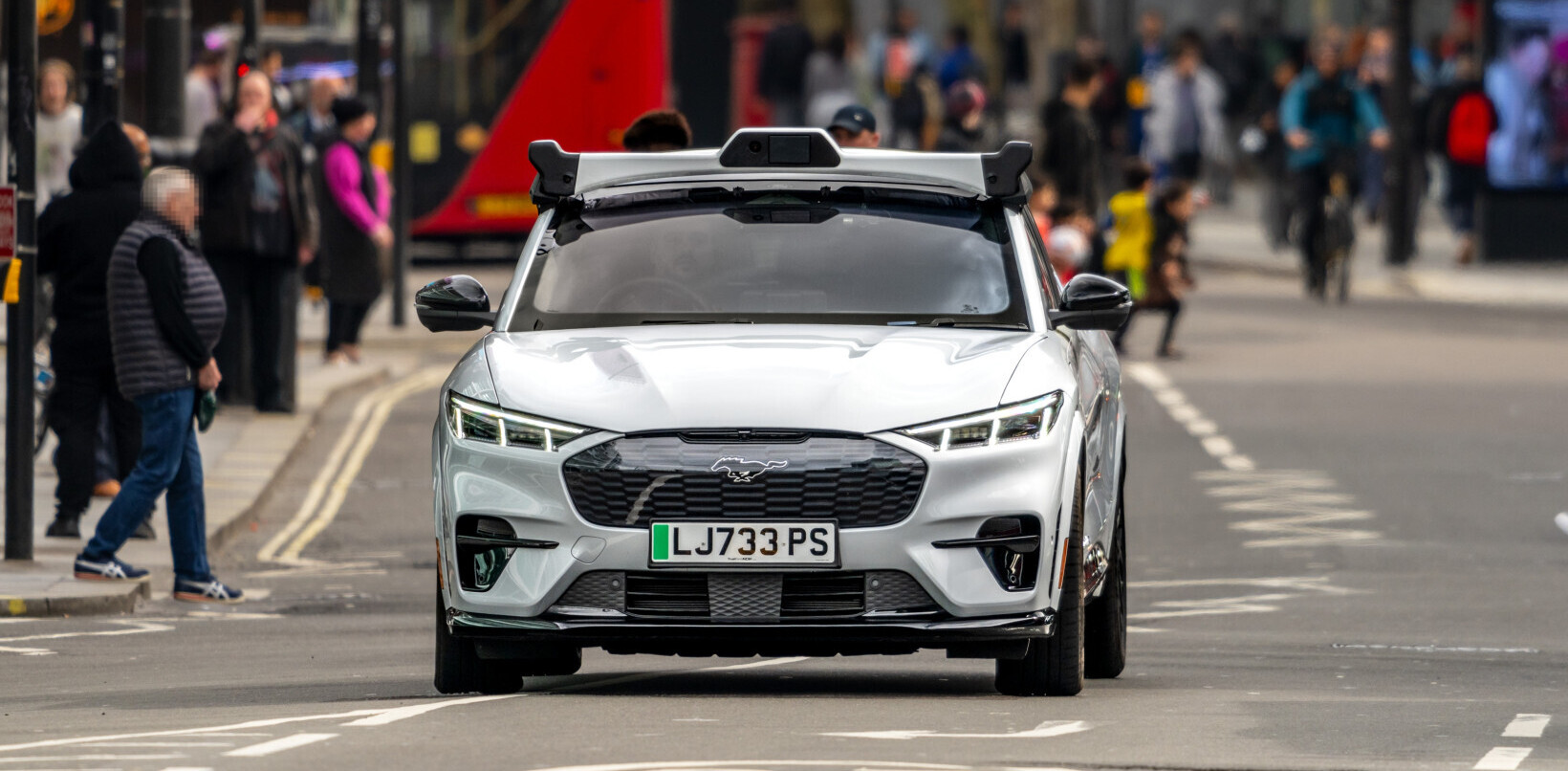
Uber has officially come to Singapore. The company made the announcement in a post after four weeks of “secret Ubers” roaming the streets of this city-state. The launch was celebrated with a visit by its Head of Operations, Ryan Graves. As a result of this move, the private car service has established its first foothold in Asia.
Last month, Uber began its ‘soft’ launch, but there had been rumors of its imminent launch in Singapore since October 2012. It also comes at least a year after the company’s CEO Travis Kalanick first raised the possibility of expanding into Asia. Adding the city-state to its serviced areas, Uber now has a pretty interesting global presence, with cars on the road in Australia, Europe, US, and now Asia.
If you’re not familiar with Singapore, there are more than 2,000 miles of roadway in the city-state that has a public bus and train transport system, along with almost a dozen taxi companies comprising 25,000 cabs on the road — an industry regulated by the government. While the cabs have been said to be cheaper than most other developed countries, Uber is could potentially build a base in the area simply by the use of its technology and customer service.
And it appears that there’s a method to why Singapore was chosen. Uber says that the city-state is a technology hub for the region and has long welcome innovation. What’s more, it says that it has realized that citizens are tired of driving themselves to work and have embraced the service as a way to get around in comfort and style. The unpredictable weather also makes Uber much more appealing, especially if everyone is going after the thousands of taxi cabs all at the same time.
As for the fares, Uber is charging Singapore-based users a base fare of SG$7.00 and a minimum of SG$12.00. Rates per kilometer are SG$2.25 per minute when traveling 18Kmph or faster, or SG$0.85 when slower than 18Kmph. Sample fares might be from SG$16 from Clarke Quay to Marina Bay Sands, or SG$32 from Sentosa to ION Orchard, or even SG$34 from INSEAD to Bishan Public Library.
Back in February 2012, Kalanick said that the company would launch in Asia by the end of 2012, although he didn’t say which cities would be targeted at that time — he did, however, say Uber would focus on the “obvious” ones. If you read between the lines, you could probably assume it to mean those cities that are technologically savvy and have a high use for it, in this case, Singapore.
While technically not the same thing as Uber, ridesharing services have begun to trend in various parts of Asia, including Singapore. In the city-state alone, residents apparently are open to ridesharing and can use services like iCarClub, GoMyWay, MyRideBuddy, or ShareTransport.sg. The point here is that while Uber is more about being a private car sharing service, it looks like the area is ready for it, especially since they would tolerate the introduction of Lyft and Sidecar-like services.
Whether or not Singapore will raise a fuss about Uber like the company has experienced in the US remains to be seen, but if the aforementioned ridesharing services have operated without question, then things could potentially look good for Kalanick and his private car service.
For those interested in trying Uber out in Singapore, the company says it’s offering SG$20 off the first ride through the use of the promotional code “firstUber”.
Photo credit: Chris Hondros/Getty Images
Get the TNW newsletter
Get the most important tech news in your inbox each week.






